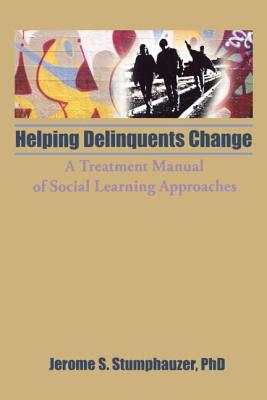
Homeland Security: Actions Needed to Improve Response to Potential Terrorist Attacks and Natural Disasters Affecting Food and Agriculture
Description
GAO-11-652. The President issued Homeland Security Presidential Directive (HSPD) -9 in 2004 to establish a national policy to defend the food and agriculture systems against terrorist attacks, major disasters, and other emergencies. HSPD-9 assigns various emergency response and recovery responsibilities to the Departments of Agriculture (USDA), Health and Human Services (HHS), Homeland Security (DHS), and others. In addition, Emergency Support Function (ESF) -11 addresses the federal food and agriculture response during emergencies and is coordinated by USDA. GAO was asked to evaluate (1) the extent to which there is oversight of federal agencies' overall progress in implementing HSPD-9; (2) the steps USDA has taken to implement its HSPD-9 responsibilities for response and recovery and challenges, if any; and (3) the circumstances under which USDA has coordinated an ESF-11 response and challenges it faces, if any. GAO reviewed key documents; surveyed states; and interviewed agency, state, and industry officials. There is no centralized coordination to oversee the federal government's overall progress implementing the nation's food and agriculture defense policy-- HSPD-9. At one time, the White House Homeland Security Council and DHS took steps to gather and coordinate information about agencies' efforts to implement HSPD-9, but no agency currently does so. Officials from the National Security Staff--which now supports the Homeland Security Council--told GAO that they will be looking for an opportunity to conduct an interagency review of HSPD-9, and DHS officials stated that Homeland Security Council leadership is important to ensure the success of their coordination efforts. Federal standards for internal control call for agencies to employ such activities as top-level review to help ensure that management's directives are carried out and to determine if agencies are effectively and efficiently using resources. Because there is no centralized coordination to oversee agencies' overall HSPD-9 efforts, the nation may not be assured that these crosscutting agency efforts are effective at reducing the vulnerability to, and impact of, major emergencies. USDA agencies have taken steps to implement the department's HSPD-9 response and recovery responsibilities. However, various challenges remain, such as critical research gaps, which could impede recovery from high-consequence plant diseases that could devastate the nation's production of economically important crops. Also, USDA does not have a department-wide strategy for setting its priorities and allocating resources for implementing its numerous HSPD-9 responsibilities. Without such a strategy, USDA cannot be assured that its agencies are making progress to align with departmental priorities and that its HSPD-9 responsibilities are met. Since 2007, USDA has coordinated the federal ESF-11 response for about 28 natural disasters, including hurricanes and floods. Although USDA and state officials GAO met with identified factors that contributed to the success of USDA's response--such as having a single USDA coordinator to facilitate communication during ESF-11 emergencies--they also identified some challenges. For example, federal agencies' responsibilities for disposing of animal carcasses following an emergency are unclear, which delayed previous disposal efforts and could pose a public health risk. Also, USDA has not consistently prepared after-action reports that summarize what went well and what needed improvement during an emergency response.




























